
I have a confession. I have been holding out on you guys big time. I have been brewing the final installment of the 4 part weaving series for a couple of months now. And for what ever reason the inertia has been heavy. What I owe you is a post on what to create using the art weaving you have created from lessons 1-3. What I really want to do is inspire you to intuitively create your own designs. And I know for so many fiberistas that is a pretty steep step.
Because I am all about pushing you to really dive into your right brain, I feel like I first need to talk about how to find new art ideas. Give you a little insight into how I come up with inspirations using methods I learned in art school, and working as a art director. Straight up one of my favorite ways to spark inspiration is to study historical references. And for me, historical study can be broken into 3 different areas. Artists, trends, and personal.
Becoming obsessed with historical inspirations
One of my favorite things to do to churn up inspirations is to dive into historical study. Diving into the work of an artist and looking at their life to see connections between their life and their work. Or studying fashions of a particular time period and thinking of how they reappear in fashions of a later time over and over. This is something that is best done on a regular basis, as opposed to as you are about to dive into a particular project. If you dive into study project by project, it is easy to let your left brain take over and over think the creative stuff. However if you regularly feed your right brain with information, absorbing and journalling these findings and giving your subconscious time to do it’s thing in the background, you will be surprised at the level of creativity and unique ideas that will come out of your work.
Studying an artist and their life
It is one thing to look at a work of art and be inspired. But it is a another level of inspiration when you are driven to learn more about the life of the artist behind a peice of artwork that you find riveting. Learning how that artist expressed what was going on in their life through their work. And even more so to be inspired by how they lived their life.
Frida Kahlo
I find Frida Kahlo particularly intreguing. Her vibrant colors and haunting self portrats is what drew me at first. And then their were her clothes. That woman had moxie. Once studied, I fell in love with her unique style that unapologetically embraced her heritage and provided comfort and ease while accomodating the corsets and braces she had to wear because of her disability. I realized the colors mimiced her bold uncensored way of living. Her style to this day is easily recognizable. One day I hope to see this exhibit. And I have all kinds of ideas for recreating the traditional huipils that she wore in freeform crochet and weaving. Frida Kahlo reminds me to live out loud, honor my unique style and how I got here, and unapologetically be myself.
Coco Chanel
Coco Chanel, though on the opposite end of the spectrum from Frida Kahlo, lived her life on her terms as well. Her creative expressions were through simplicity and subtle details. At a time when the fashions of the 1900s were pouffy and excessive, she found herself leaning toward simple details and silhouettes that conveyed an air of elegance. Chanel’s work reminds me to pull back sometimes and appreciate the small perfect details and to let that whisper of a detail stand out, unobstructed.
Studying a period
Another interesting way to dive into study is to look at a particular period in fashion or costumes of a culture. What were the unique detail of that time? What was going on news wise during a period? For example, being a teen in the 80s, meant Madonna, tunics over leggings, dolman sleeves, big hair + earrings. Seeing many of these style reemerge in the last 5 years has been amusing. I love how they have been re-imagined… new colors but familiar tunics, and dolman sleeves, over skinny jeans instead of leggings (or stir-up pants!)
Studying a re interpretation of a cultural costume can yield some terrific inspirations as well. A kimono re-imagined in freeform crochet, the huipuil (example I gave above) made with modern textiles, Americana prairie dresses re-worked and streamlined into a modern dress. Dive into a day of googling and see where you imagination leads.
Me in art school, 1987. Photo by Lee Dunnie.
Consider the evolution of your own style
I know my style has changed throughout the years based on what was going on in my life. For example, I had a preppy style my senior year in high school because I had a conservative preppy boyfriend. Turned thriftstore hippie while an art student in college. Turned business casual with my first job at a Southern homemaker lifestyle magazine. Each phase was affected by the life I was living at that time. What have been your evolutions? Is there a certain time when your look resonated with you more than other times? Despite an evolution of personal tastes, from my perspective, the core of what I wore had consistencies worth noting. These consistencies mark a certain set of details that collectively make up my personal style.
Art Journal Helpers
As you know I am a big fan of art journaling to help keep your right brain ideas organized and within reach. When journaling your inspirations from studying a period or artist work I like to think of journaling in two stages.
1. Just taking notes. Sketching printing out and pasting all info that catches you eye. Do not think now about how you will translate it. Just go for the gut “I like this” or ” I find this interesting” reactions and take note.
2. Taking time to flesh out Ideas. This is usually done at a separate time from your study time. Where you sit with your journal and your drawing/painting tools and just brainstorm. Flesh a single idea out no less than 4 times exploring the tiniest changes in details. You do not have to spend a ton of time. Maybe 20-30 minutes letting your brain play and transform your ideas.
Take it a step further and push your boundaries
Is there a particular period or cultural costume that you do not like? How would you change the look to be more pleasing? Is there a fusion of culture or style that would improve this look?
So my question for you this week…
What artist/period/culture will you study? Where will you begin?
Leave me a comment below.

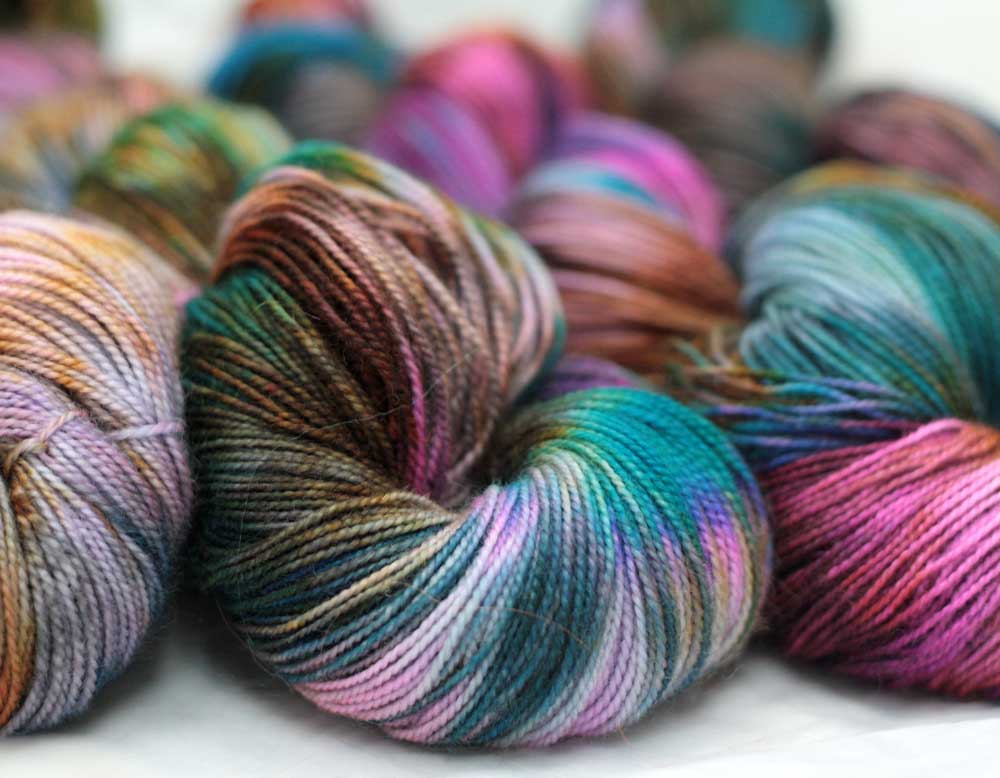
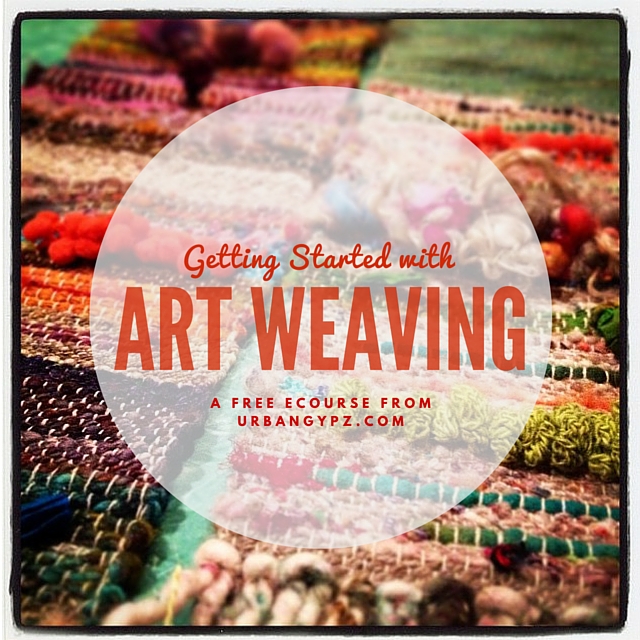
 Fiber artist Stacey Budge-Kamison AKA UrbanGypZ lives and works in Cary NC. She can also be found knitting in public, hammering out her latest e-course at local cafés and spinning yarns in her booth at her favorite arts festivals. A designer at heart, Stacey has decided that her mission is to help fellow knitters, crocheters, weavers and felters embrace their own style and creativity by exploring fiber art as it is a part of their everyday life and helping them embrace the title of artist no matter where they are in their journey.
Fiber artist Stacey Budge-Kamison AKA UrbanGypZ lives and works in Cary NC. She can also be found knitting in public, hammering out her latest e-course at local cafés and spinning yarns in her booth at her favorite arts festivals. A designer at heart, Stacey has decided that her mission is to help fellow knitters, crocheters, weavers and felters embrace their own style and creativity by exploring fiber art as it is a part of their everyday life and helping them embrace the title of artist no matter where they are in their journey. 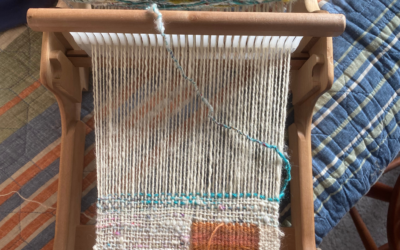
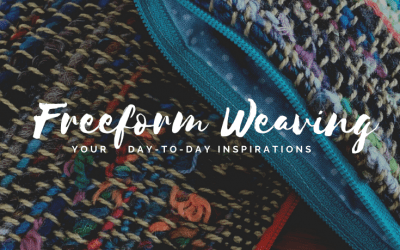
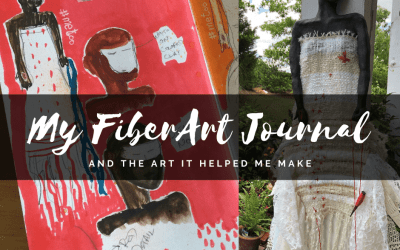
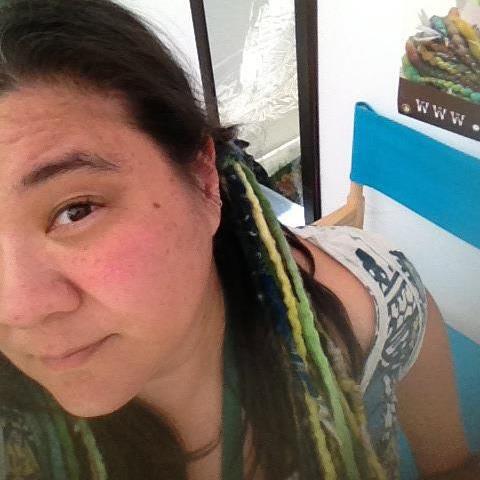

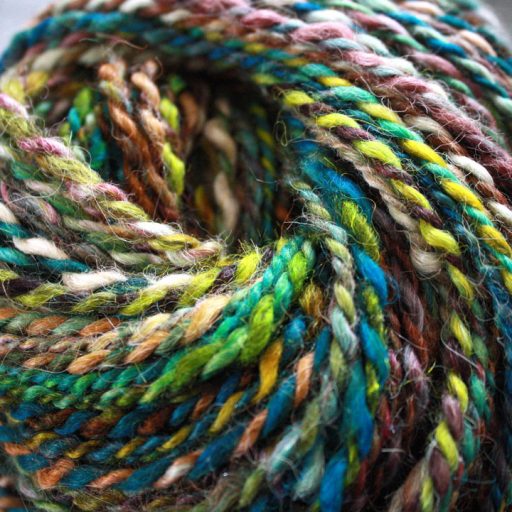


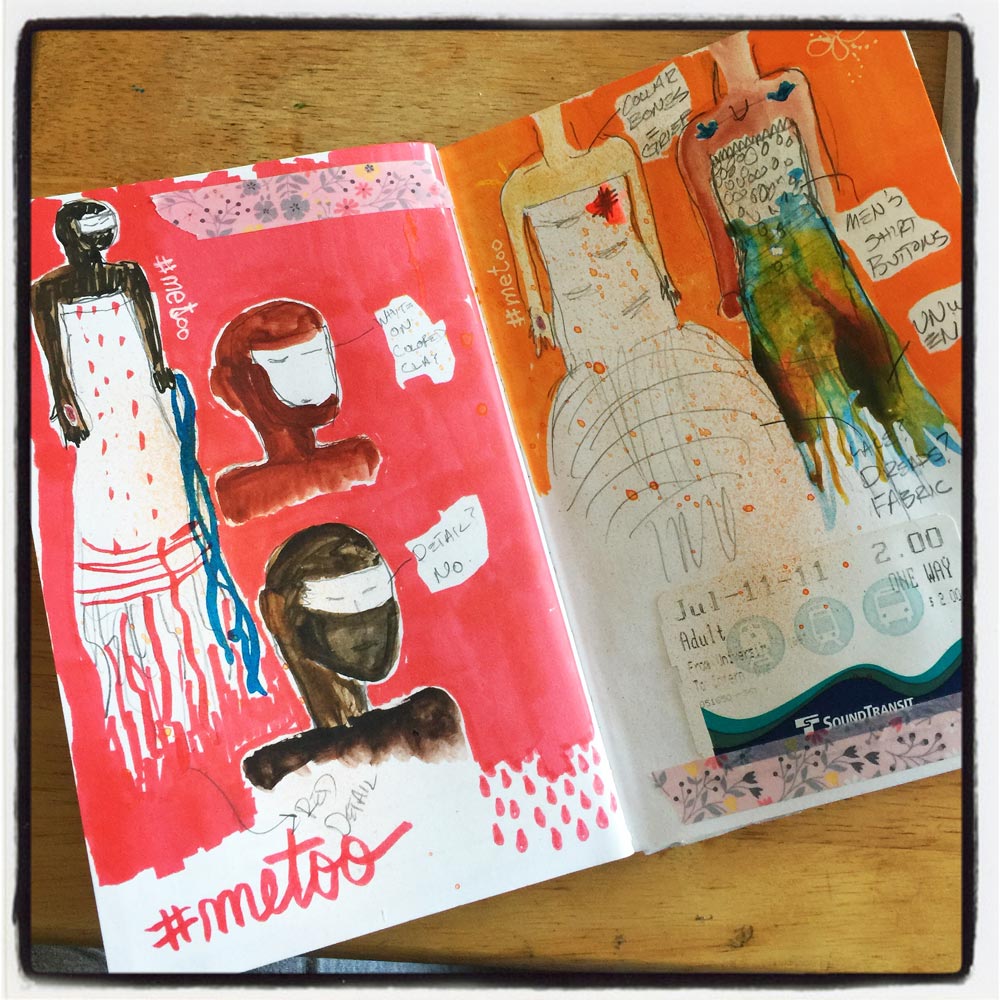
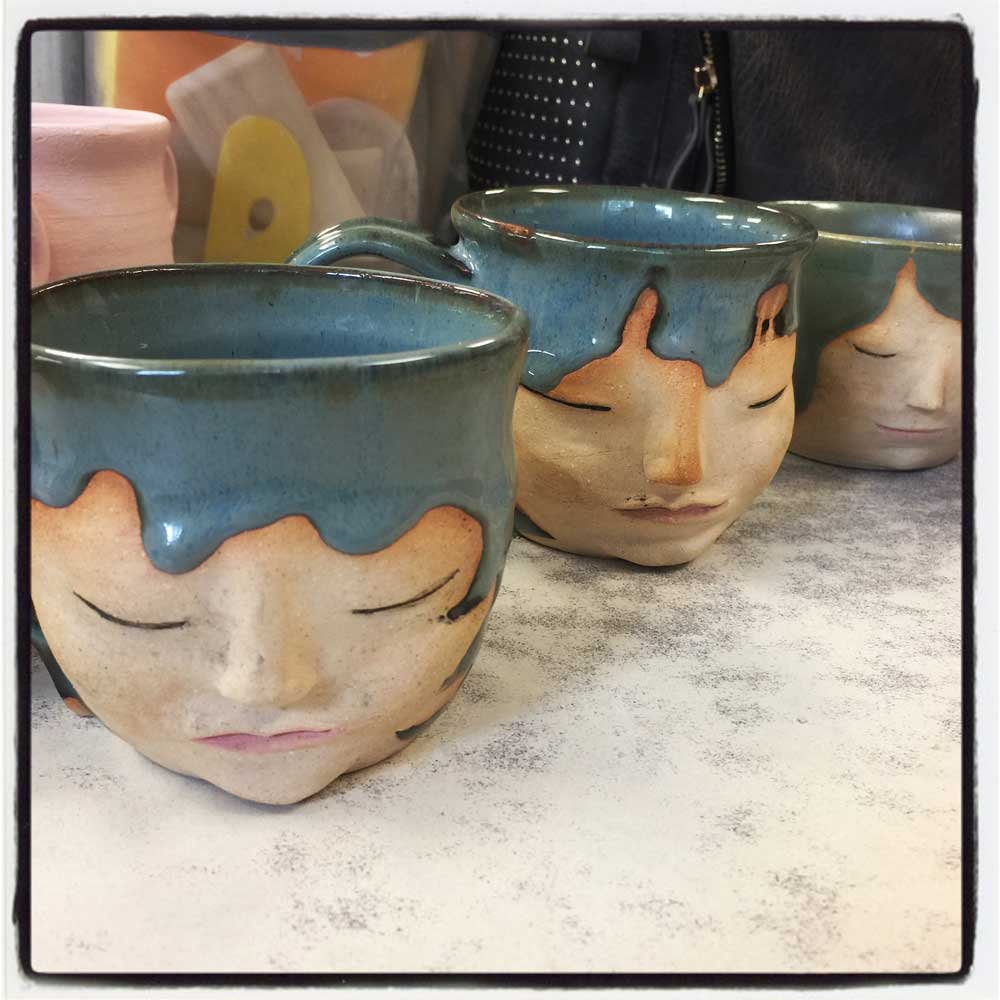
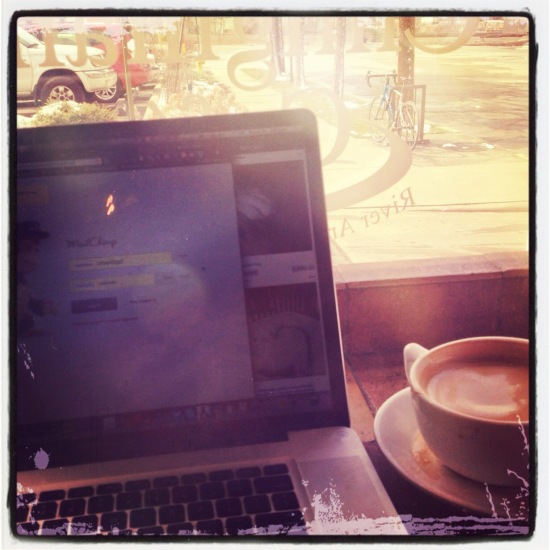
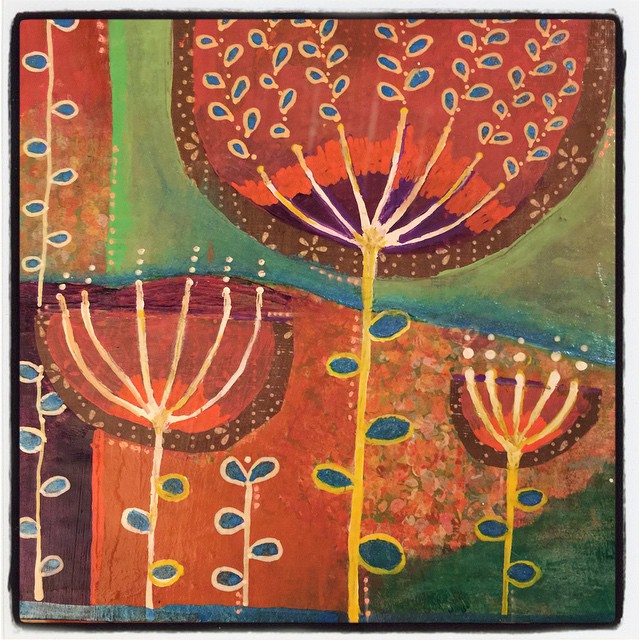
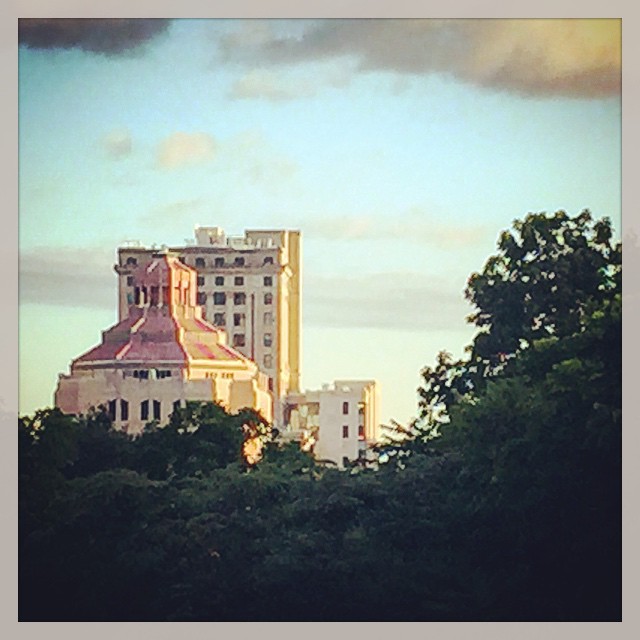
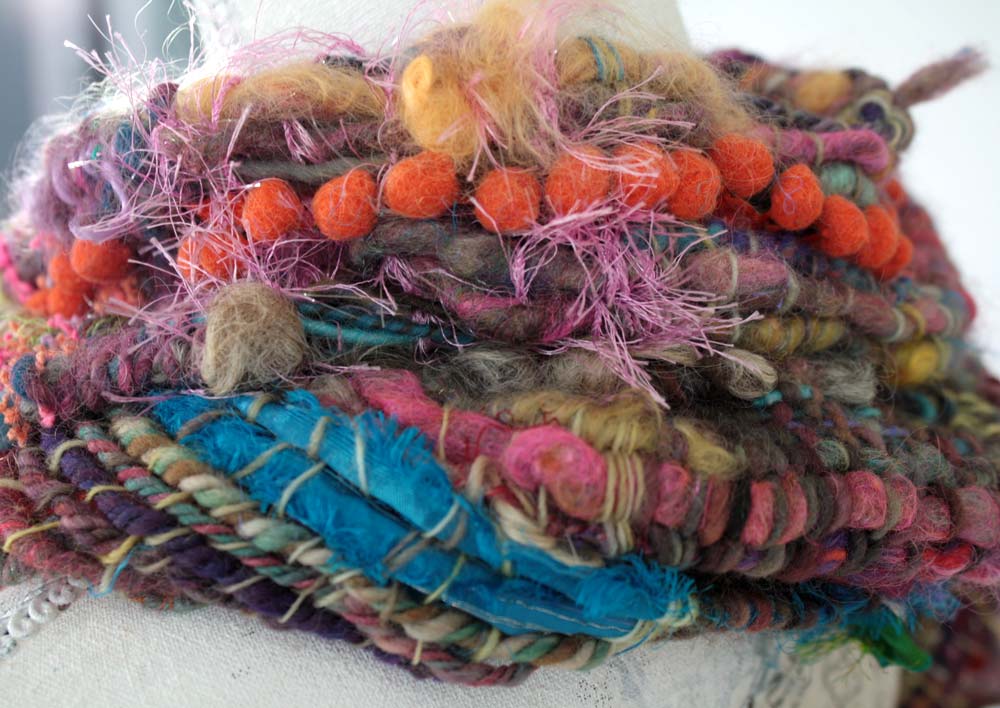
0 Comments